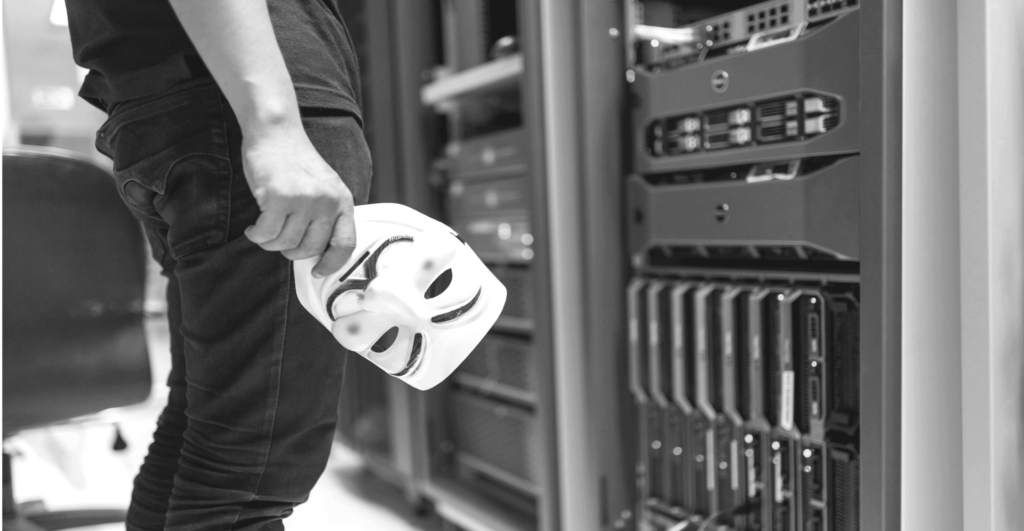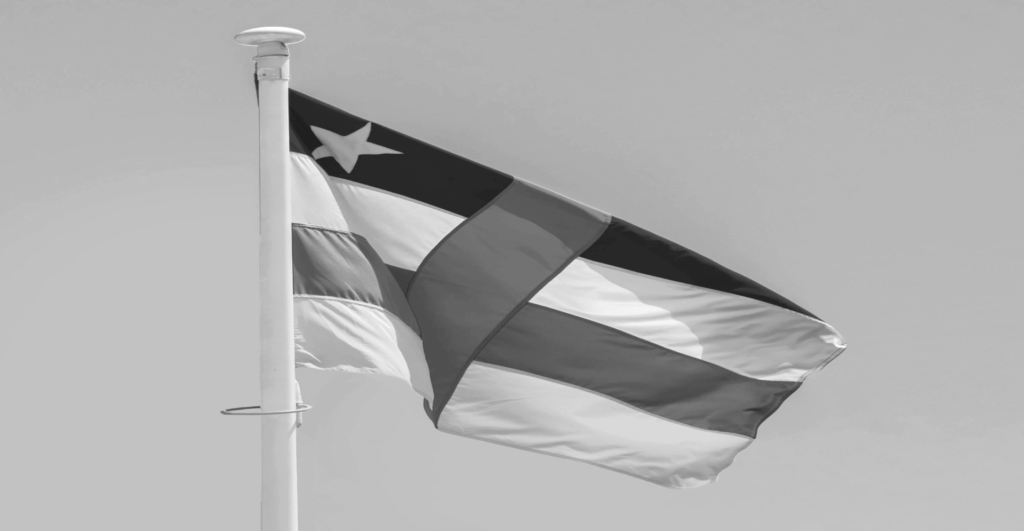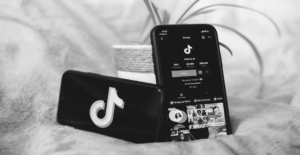Cybercriminals exploit country code top-level domains (ccTLDs) to host phishing attacks, distribute malware, and commit fraud. These ccTLDs, assigned to specific countries, often attract malicious activity due to weak oversight and easy registration processes. Beyond ccTLDs, cybercriminals find the cheapest, fastest, and most accessible way to host their scams. Understanding which ccTLDs pose the greatest risks helps brands protect digital presence from impersonations and attacks.
Domain threats facing modern businesses
Businesses face significant threats from domain-based attacks, including phishing, malware distribution, and brand impersonation. Cybercriminals create fake websites using ccTLDs that closely resemble legitimate sites, tricking users into revealing sensitive information or installing malicious software. These threats put both businesses and consumers at risk.

Phishing remains one of the most widespread threats. Attackers use deceptive domain names to steal login credentials, financial information, and other private data. Malware delivery also poses a severe risk, as hackers use malicious websites to infect devices. Brand impersonation leads to reputational damage, lost revenue, and customer mistrust, making it critical for businesses to stay vigilant.
Why some ccTLDs present greater risks that others
Certain ccTLDs carry higher risks due to weak registration controls, minimal oversight, and low-cost or free domain offerings. Scammers target these domains because they provide easy access, often without requiring any proof of identity. Additionally, many of these ccTLDs operate in regions with lax monitoring and regulatory standards, allowing cybercriminals to abuse them with little consequence.
ccTLDs that resemble existing words or popular platforms also pose significant risks. These domains give scammers opportunities for cybersquatting and other forms of digital deception. For example, cybercriminals have exploited Libya’s .ly ccTLD due to its association with the Bit.ly URL shortening platform, tricking users into trusting malicious links. They have also abused ccTLDs like .io (British Indian Ocean Territory), .ai (Anguilla), and .sx (Sint Maarten) because these domains align with trendy tech terms or recognizable phrases.
Scammers think creatively, and brands must do the same to protect themselves. Staying safe requires proactive monitoring and digital risk management. Below, we’ve listed the top ten most dangerous ccTLDs based on their history of abuse and their use in cyberattacks:
10. .ph (Philippines)
Cybercriminals often exploit the .ph domain, the first ccTLD on our list, launching phishing attacks, malware, and other malicious activities. They manipulate the registration policies, finding loopholes and workarounds to register domains without proper verification. This allows scammers to misuse .ph domains, posing a serious risk to businesses. Many brands accuse opportunists of registering infringing domains through the .ph registry and redirecting traffic to competitors, scam pages, or irrelevant content. These scammers then exploit the diverted traffic to generate pay-per-click revenue, intensifying the threat to legitimate businesses.
9. .ga (Gabon)
Gabon’s .ga domain, notorious for free registration, has a high frequency of abuse in phishing attacks and malware distribution. The lack of proper oversight makes it a prime target for cybercriminals, who use it to host fraudulent websites and spread malicious software. The Cyber Crime Info Center, for example, found over 11,000 phishing domains under this ccTLD.
8. .cf (The Central African Republic’s ccTLD)
Like .ml, the .cf domain offers free registration, making it an attractive option for cybercriminals. The Central African Republic’s ccTLD (.cf) faced a surge in cybersquatting and phishing attacks, driven by the ongoing civil war and unrest. As the nation’s ongoing civil conflict displaces one in five Central Africans, war disrupts domain enforcement and weakens digital oversight, allowing cybercriminals to exploit the situation. The .cf domain, offering free registration, attracts malicious actors who use it for phishing and malware distribution without facing strong regulation.

This highlights a broader issue where geopolitical instability directly impacts domain cybersecurity. During times of war or political turmoil, suffering governance creates opportunities for cybercriminals. When managing ccTLDs, brands must consider the country’s political climate and how it affects domain policy and enforcement. The civil war in the Central African Republic emphasizes the importance of incorporating geopolitics into domain risk protection strategies.
7. .gq (Equatorial Guinea)
Equatorial Guinea’s .gq domain has a history of misuse due to its low-cost, easy registration process. Cybercriminals frequently use .gq to host phishing sites and spread malware, taking advantage of unfortunate gaps in regulatory enforcement in the region.
6. .ws (Samoa)
The .ws ccTLD earns a reputation as a risky domain due to its frequent involvement in phishing and fraud schemes. Cybercriminals exploit and engineer workarounds in the Samoan domain policies, registering and operating malicious websites under this extension.
5. .cn (China)
Despite efforts by Chinese authorities to tighten domain registration policies, the .cn domain remains a target for cybercriminals. Scammers frequently used the extension phishing attacks, especially threat actors targeting Western businesses and consumers.
4. .tk (Tokelau)
Tokelau’s .tk domain, also available for free, is notorious for being exploited by cybercriminals. Many of these domains are used in phishing attacks or malware distribution, and their widespread abuse has made .tk one of the riskiest ccTLDs on the web.
3. .ru (Russia’s ccTLD)
Brands face significant challenges when enforcing against .ru domains, and the situation has worsened due to the geopolitical landscape. Western boycotts over Russia’s invasion of Ukraine have limited the ability of international companies to take action against malicious actors operating under Russian domains. With many Western registrars and companies cutting ties with Russian entities, scammers have taken advantage of this gap.
Compounding the issue, the Russian legal system moves slowly, making it difficult for brands to resolve disputes or take legal action in a timely manner. The prevalence of cyberscams in Russia, combined with minimal enforcement from local authorities, creates an environment where cybercriminals can operate with little fear of consequences. In fact, some companies report a 26x increase in phishing and spam activity originating from .ru domains, with daily rejection rates skyrocketing from around 19,000 to over 500,000 in just a month.
2. .cm (Cameroon) and .co (Colombia)
We’re combining two ccTLDs for number two on the most dangerous country code extensions list, as scammers use the same tactics for both. Cameroon’s .cm domain attracts cybercriminals because it closely resembles the .com extension, making it a prime target for typo-squatting. Scammers register .cm domains to capture traffic from users who mistakenly type .cm instead of .com, leading them to phishing sites and malware downloads.
Similarly, the .co ccTLD, representing Colombia, also suffers from exploitation. Cybercriminals register .co domains to create malicious websites that mimic reputable brands, taking advantage of the similarity to .com to deceive users. The combination of these two ccTLDs highlights a significant risk to internet users, as both domains increase the likelihood of falling victim to phishing attacks and online fraud.
1. .su (Former Soviet Union)
Although technically defunct, the .su ccTLD remains active and highly dangerous. Cybercriminals continue to use it for phishing and malware campaigns, often relying on the domain’s obscure status to evade detection. Brands should closely monitor .su domains for malicious activity.

How businesses fight back against dangerous ccTLDs
Businesses fight back against these domain threats by deploying comprehensive monitoring, blocking, and takedown tools. They use automated systems to track high-risk ccTLDs and block access to malicious domains before they can cause harm. By registering key domain names across different ccTLDs, businesses also reduce the chances of brand impersonation.
Modern Digital Risk Protection (DRP) platforms offer advanced capabilities for managing domain threats. These solutions provide dedicated feeds that flag the most dangerous ccTLDs, prioritizing them for quick detection and takedown. With these tools, businesses can stay ahead of evolving threats and protect their digital assets from cybercriminals exploiting risky ccTLDs. If you want to find out more about the risky ccTLDs impersonating your brand and intercepting your ecommerce, you can reveal your digital landscape today with a free online audit.


